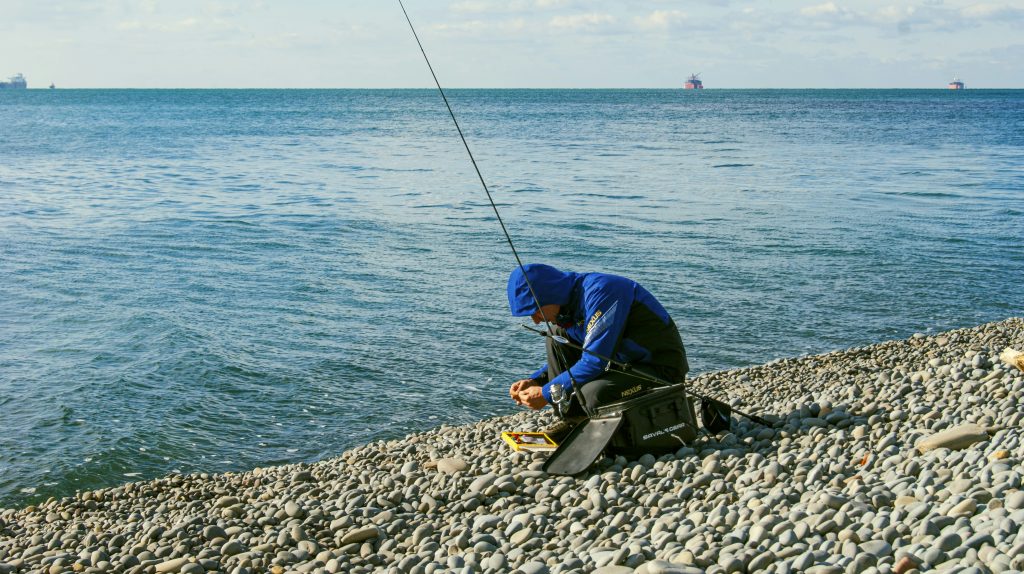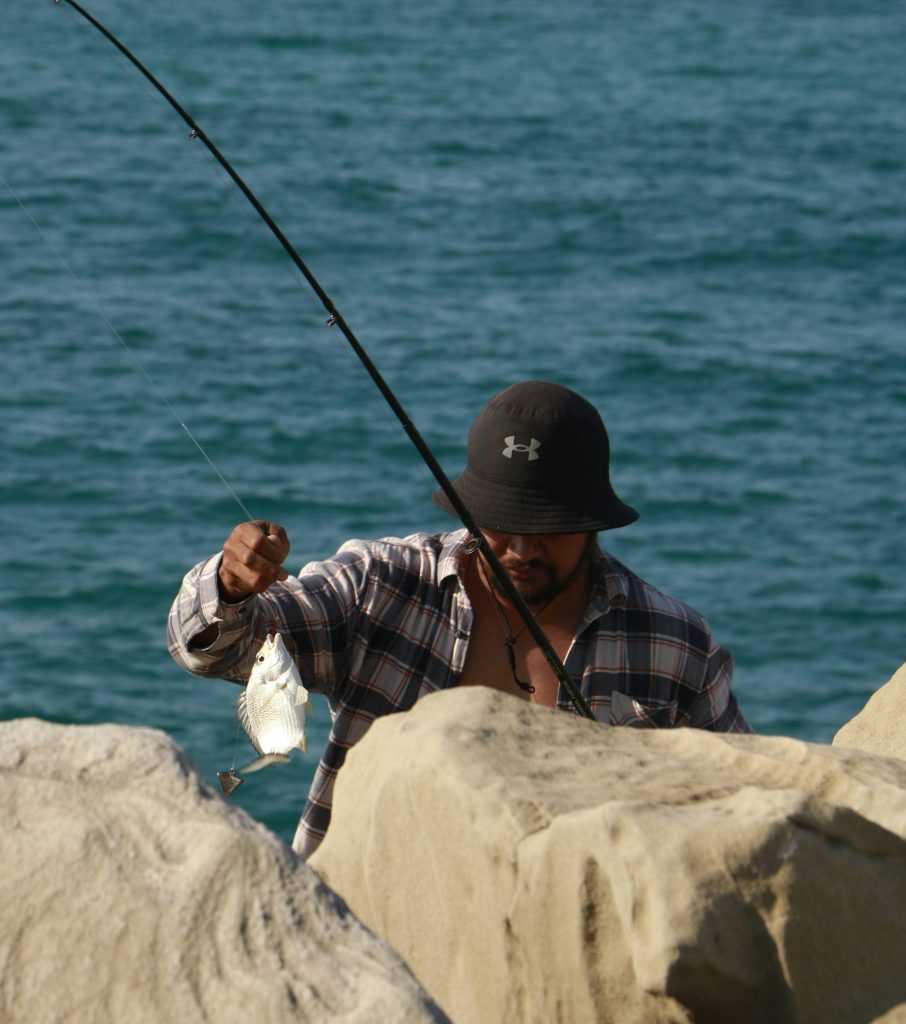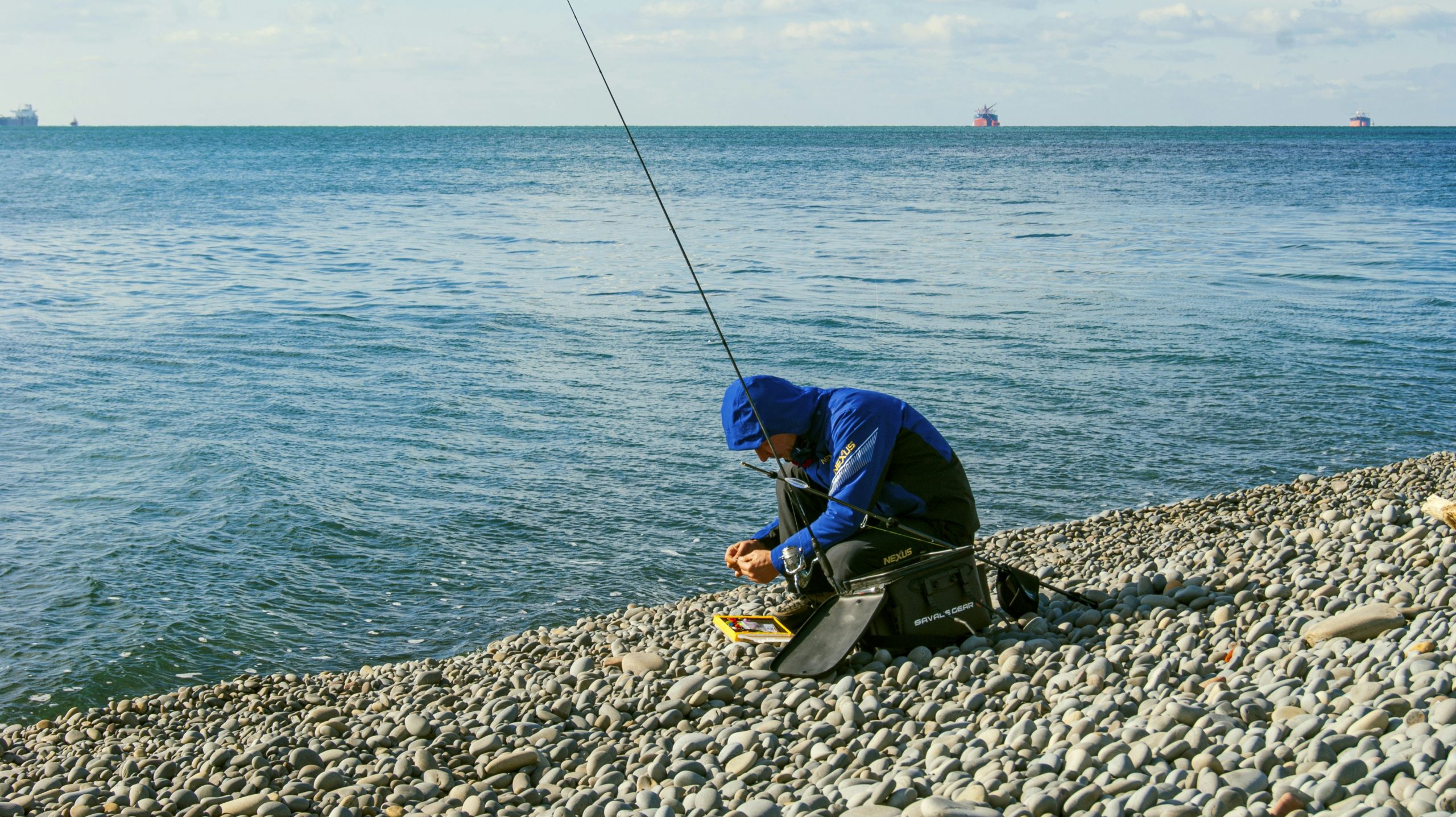Are you gearing up for a saltwater fishing adventure and wondering about the regulations surrounding fishing rods? Fishing is a beloved pastime for many, but it’s crucial to understand the rules that govern this enjoyable activity. In this article, we’ll cover the specific regulations that you might encounter when using fishing rods for saltwater fishing.

Understanding Fishing Regulations
Fishing regulations are put in place to ensure sustainable fishing practices and to preserve aquatic ecosystems. These rules can vary by location, species, and the type of fishing gear used, affecting everything from the size of your rod to the type of bait you use. Understanding these regulations before you head out can save you from potential fines and help protect the environment.
What Are Fishing Rod Regulations?
Fishing rod regulations refer to the legal standards regarding the equipment you can use while fishing. These standards may include aspects like rod length, the type of materials used, and the kind of reel that can be attached. Generally, these regulations aim to ensure responsible fishing practices and minimize harm to marine life.
Are There Specific Regulations on Fishing Rods?
Federal Regulations
When it comes to federal regulations for saltwater fishing, your fishing rod must comply with specific guidelines. The U.S. has strict laws governing fishing, especially in navigable waters and federal marine protected areas.
For example, you must use gear designed to target specific species, and rod length may need to meet specified measurements based on the species. While federal guidelines generally focus more on the fishing methods (like catch limits and equipment type), there are still reasonable expectations tied to fishing rod regulations.
State Regulations
Different states can have their own specific regulations that might include rod length, line weight, and even the type of rod material deemed acceptable. For example:
| State | Regulation Type | Details |
|---|---|---|
| Florida | Rod Length | Minimum 7-foot rod for certain species |
| California | Rod Material | Fiberglass rods must be labeled as such |
| Texas | Rod & Reel Combinations | Restrictions on using heavy tackle for some species |
You’ll want to check your state’s fishing regulations, which can usually be found on the state’s wildlife agency website. Always familiarize yourself with any local changes before fishing to ensure compliance with their regulations.
Local Regulations
In addition to federal and state regulations, local municipalities may also impose their own specific fishing rules. These can encompass the following:
- Designated fishing areas
- Seasonal restrictions
- Specific gear regulations, such as barbless hooks or line strength limits
Local regulations may also provide guidelines on how to dispose of fishing gear properly, which is critical for keeping the waterways clean.
Why Do These Regulations Exist?
Conservation Efforts
One of the primary reasons for fishing regulations is to conserve fish populations and marine ecosystems. By enforcing limits on the size and gear, authorities aim to ensure fish populations remain healthy and sustainable for future generations. This is particularly important in saltwater fishing, where overfishing can quickly lead to imbalances in the ecosystem.
Safety Concerns
Regulations can also aim to enhance safety for anglers. Proper gear can mean the difference between a successful fishing trip and a dangerous encounter with larger fish species or harsh sea conditions. For instance, using appropriate rod strength ensures that your equipment won’t fail when battling larger saltwater species.
Common Regulations to Know About Saltwater Fishing Rods
Rod Specifications
Knowing the specifications around the fishing rod you’re using is critical. Regulations regarding rod length, type, and material can have a significant impact on your fishing experience. Some common rules include:
- Length: Many jurisdictions require specific rod lengths to ensure fair sport fishing practices. A rod that’s too short might not be up to standard for certain species.
- Material: Some areas may limit the types of materials you can use. While most modern rods are made from durable materials like carbon fiber or graphite, certain regulations might prefer traditional materials for specific applications.
Reel Requirements
The type of reel you decide to use can also come with its own set of regulations. Depending on the species of fish you are targeting, authorities might dictate the style of reel needed.
For example, spinning reels might be required for light tackle fishing, while heavier baitcasting reels may be necessary for larger saltwater species. Here are a few things to keep in mind:
- Gear Ratio: Some areas enforce regulations on gear ratios to control the speed at which fish can be reeled in.
- Line Test: There may be limits on the strength of fishing line you can use, particularly for species that require a more delicate touch.
Bait and Tackle Regulations
In addition to rod and reel specifications, you may encounter regulations governing the types of bait and tackle you can use.
| Bait Type | Regulations |
|---|---|
| Live Bait | Allowed but may require local permits |
| Artificial Bait | Permitted but must be barbless in some areas |
| Heavy Tackle | Restricted for certain species |
Using the correct bait and tackle can maximize your chances of having a successful fishing trip while maintaining compliance with local regulations.

Equipment Selection and Maintenance
Choosing the Right Rod
When selecting a fishing rod for saltwater fishing, you want to consider various factors, including length, action, and power. Finding the right rod can significantly enhance your overall fishing experience while ensuring you stay within regulations.
- Length: Generally, longer rods can cast heavier lines and reach farther into the water, which can be beneficial for targeting larger fish.
- Action: The action of your rod refers to its sensitivity and flex. For example, fast action rods bend near the tip, while slow action rods offer more flexibility along the whole rod.
Maintaining Your Fishing Rod
Proper maintenance can extend the life of your fishing rod and ensure your gear is always compliant with regulations. A few tips for maintaining your rod include:
- Rinse After Use: After fishing in saltwater, always rinse your rod with fresh water to remove salt and prevent corrosion.
- Check for Damage: Regularly inspect for any cracks or damage to both the rod and reel. Using damaged gear may be against regulations.
- Store Properly: Keep your rod in a cool, dry place to protect it from elements that could cause damage.
Educational Resources
Online Resources
There are many online platforms you can utilize to stay updated with the latest fishing regulations. Websites managed by state wildlife agencies or the National Oceanic and Atmospheric Administration (NOAA) are excellent places to start. They usually contain the most current regulations and guidelines for saltwater fishing.
Local Fishing Clubs or Organizations
Joining a local fishing club can be a fantastic way to learn more about regulations and best practices for saltwater fishing. Many of these clubs often host seminars and workshops that cover a variety of topics, including equipment use and regulatory compliance.

Conclusion
Understanding the regulations surrounding fishing rods for saltwater fishing is essential for any angler. Whether it’s federal, state, or local regulations, being informed can enhance your fishing experience while ensuring the protection of our precious marine ecosystems.
Before you head out, make sure to check applicable regulations regarding your fishing rod and tackle. Equip yourself with the right tools, maintain them well, and stay updated on the rules. By doing so, you contribute to a sustainable fishing community that future generations can enjoy.
Happy fishing, and may your adventures be filled with relaxation and success!




